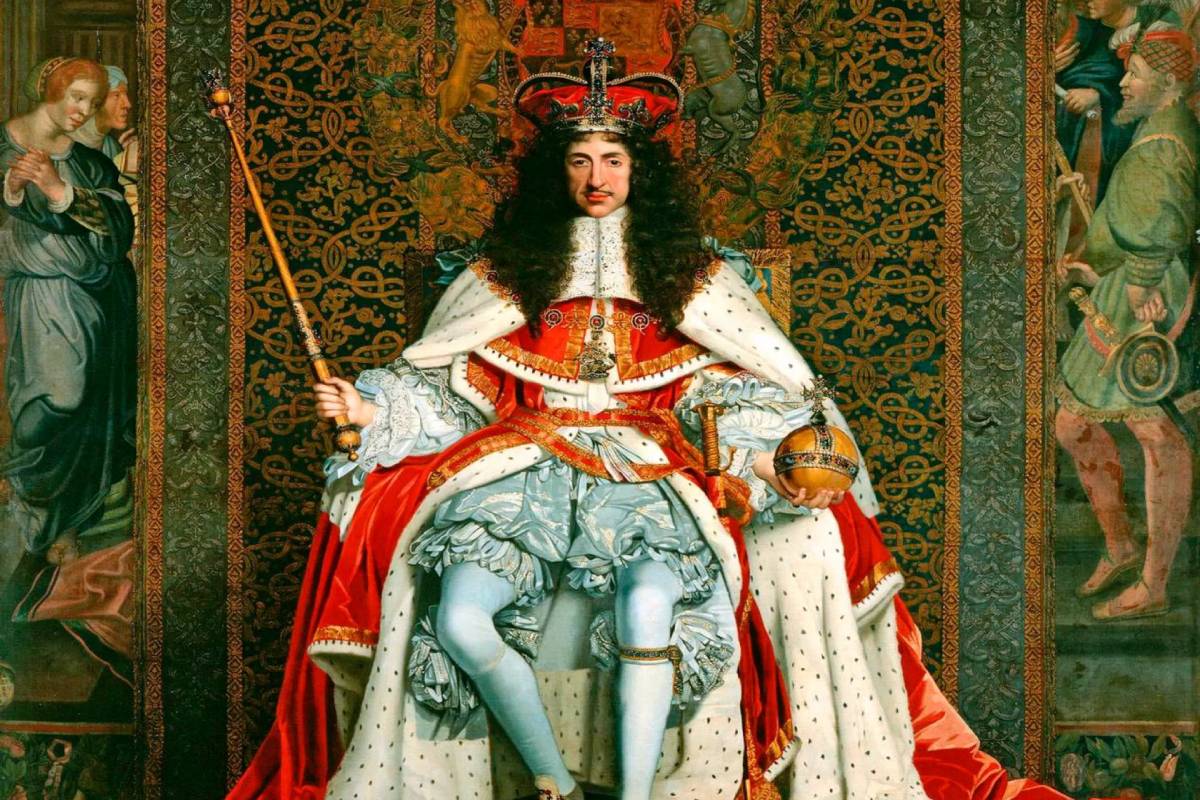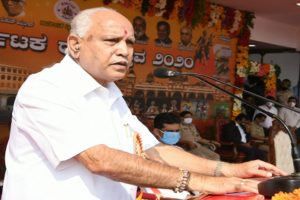After the death of Queen Elizabeth II, her eldest son, Charles ascended the throne. He is now known as King Charles III. Who were Charles I and Charles II then? Charles I was caught up in a civil war and was beheaded. Charles II spent the first decade of his reign in exile. Let’s find out more about them.
CHARLES I
Advertisement
King Charles I was born on 19 November 1600 in Dunfermline Palace, Dunfermline, Scotland. He was the second son of King James VI of Scotland and Anne of Denmark.
In 1625, he married the Bourbon princess, Henrietta Matia of France. The same year, he succeeded his father as the King of England and Scotland.
The Protestants were offended by the wedding as Henrietta was a Catholic. During his reign, his actions frustrated his Parliament. Charles believed in the divine right of the kings, which meant that the kings were above the law and were chosen by God.
Gradually he lost popular support. His actions resulted in the English Civil Wars and he was executed on 30 January 1649 (at the age of 49). The executioner beheaded the King with a single blow of the axe, killing him immediately. On the morning of his execution, Charles I asked for an extra shirt as he did not want the spectators to think he was shivering from fear if he started to shiver due to the cold weather.
After the King’s execution, the Commonwealth of England (a republic) was declared. From 1653 to 1658 (until his death) Oliver Cromwell ruled the British Isles as the Lord Protector.
CHARLES II
Charles II was the son of King Charles I and Henrietta Matia. He was their eldest son and was born on 29 May 1630 in James’s place, London, England. Due to the defeat of Charles I in the civil war against the Puritans, Charles II was sent to exile.
After the death of the Puritan’s Commander-in-Chief, Oliver Cromwell in 1658, their commonwealth came to an end. As Cromwell had put lots of restrictions over society, most Englishmen now wanted the monarchy to return. King Charles II ascended the throne again on his 30th birthday, thus restoring the monarchy. The period following his ascension to the throne, then came to be known as the Restoration Period.
He died on 6 February 1685, due to a stroke. On 14 February 1685, he was buried in Westminster Abbey, London.











